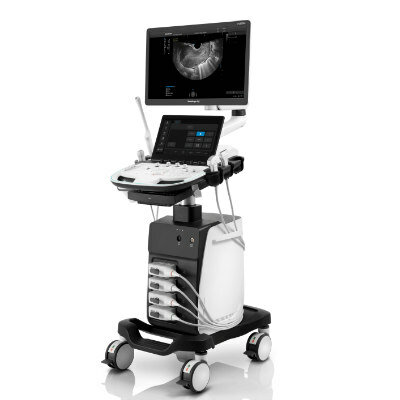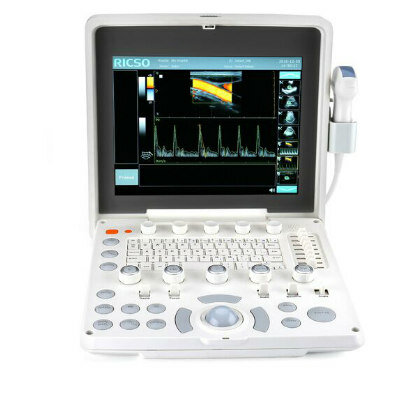MRI as Effective as MR Arthrography in Diagnosing Hip Labral Tears
By MedImaging International staff writers
Posted on 21 Jun 2010
Conventional magnetic resonance imaging (MRI) may be an effective alternative to minimally invasive MR arthrography for the diagnosis of hip labral tears, a common cause of hip pain.Posted on 21 Jun 2010
A hip labral tear involves the rim of tissue that surrounds and deepens the hip joint. Symptoms include hip pain or a "catching” sensation in your hip joint. Diagnosing hip labral tears frequently involves the use of MR arthrography, a minimally invasive procedure that involves the injection of contrast material into the hip.
The study, performed at the University of Wisconsin (Madison, USA), compared the use of traditional noninvasive MRI scanning with MR arthrography in 30 patients who had undergone preoperative imaging with both techniques. All MRI and MR arthrogram studies for each patient were independently reviewed by three radiologists.
"Conventional hip MRI and MR arthrogram studies revealed no significant difference between the two imaging techniques in the detection of labral tears for any of the three readers in our study group,” said Colin Strickland, M.D., lead author of the study. "Minimally-invasive MR arthrography remains the preferred test for the evaluation of suspected hip labral tears. However our study suggests that conventional, noninvasive MRI may detect a large percentage of these tears,” said Dr. Strickland.
Additional study is needed to determine if conventional MRI is a suitable alternative to MR arthrography, particularly in the evaluation of nonspecific hip pain, according to Dr. Strickland.
The study findings were presented May 7, 2010, at the American Roentgen Ray Society (ARRS) 2010 annual meeting in San Diego, CA, USA.
Related Links:
University of Wisconsin














